Thelypyeris Southern River Wood Fern
$14.00
Genus:Thelypteris
Species:kunthii
Item Form:1-Quart
Zone:8 – 11
Habit:Upright
Height:3 ft
Width:3 ft
Additional Characteristics:Easy Care Plants,Fall Foliage Changes,Spring Foliage Changes
Foliage Color:Light Green,Medium Green
Light Requirements:Part Shade,Shade
Moisture Requirements:Moist, well-drained
Resistance:Deer Resistance
Soil Tolerance:Clay,Normal, loamy,Poor,Sandy
Uses:Ground Cover,Beds,Border,Containers,Fall Color,Foliage Interest;Restrictions: *Due to state restrictions we cannot ship to the following:Canada,Guam,Hawaii,Idaho,Puerto Rico,Virgin Islands
Thelypyeris Southern River Wood Fern is a deciduous to semievergreen perennial fern offering spring through fall interest. Grown for its gorgeous foliage, Southern River Wood Fern produces an elegant, open plant with excellent form and texture. Its arching fronds emerge light to medium green, take on a bronze cast in fall, and go brown as they die back in winter.
An herbaceous plant, Thelypyeris Southern River Wood Fern has a fountaining growth habit and a fast rate of growth. It spreads easily by rhizomes to form colonies but is not aggressive or invasive. Highly adaptable, it adds a wonderful texture to foundation plantings, planters, and hanging baskets. It’s a great option for erosion control and soil stabilization on banks and slopes.
Easy to grow and low maintenance, Thelypyeris Southern River Wood Fern prefers full to dappled shade and rich, moist, sand, loam, clay, or limestone soil. The plant prospers in the heat and humidity of the Deep South and tolerates poor drainage as long as the soil is loose. It can survive brief dry spells but will not survive soils that completely dry out. Cut back before new growth appears in the spring. Deer proof and heavy shade tolerant.
A native plant, Thelypyeris Southern River Wood Fern is indigenous to Texas and the southeastern US. It is found mostly in forests and woodlands but also grows in wetlands and along stream banks. Native plants are not only beautiful but also environmentally friendly. Naturally adapted to the climate and soil conditions of the region, they thrive without fertilizers or extra watering, once established. They also act as natural pest controls, reducing the need for pesticides in the garden. Landscaping with native plants promotes biodiversity and provides shelter and quality food for wildlife and pollinators, bringing gardens to life.
| Weight | 1 kg |
|---|---|
| Dimensions | 1 × 1 × 1 cm |
Shipping Time
Shipping is an additional 15-35 business days depending on location. Shipping time will be provided at checkout.
Returns
If seeds fail to leave China, we will refund your payment 100%. But if seeds fail to reach you due to customs problem on your side which we were not informed in advance, we will not be able to bear any loss, and no refund will be made.
We sell only viable plants seeds online, and test germination of our seeds from time to time. So we will not be able to refund for seeds that clients fail to germinate, unless we are convinced that it's truly problem of our seeds.
———
Please send us an email: [email protected] and be as detailed as possible while filling in the information.
After submission, We will reply to you within 24 hours. Please be patient.
———
CHARGEBACKS & DISPUTES
Please contact us by email before opening a merchant chargeback or payment dispute, as we can generally resolve the issue before that takes place. Any chargebacks and disputes disable our ability to issue refunds or credits due to funds being frozen.
———
REFUND, EXCHANGE AND RETURN
Customers have the right to request a refund/ return/ exchange within 14 days from the delivery date. Our Customer Service team will offer the best solutions for specific situations.

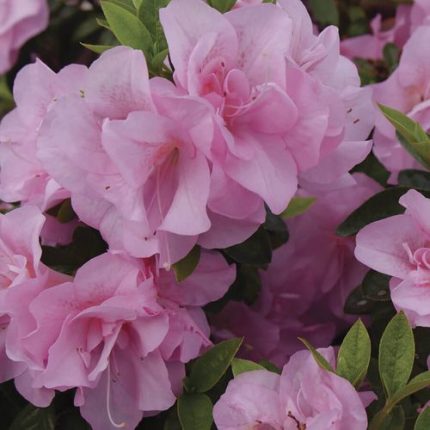
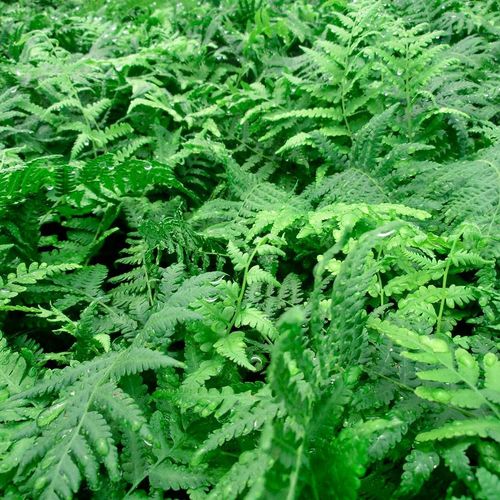
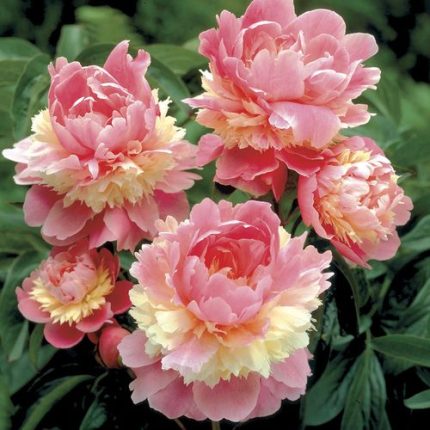
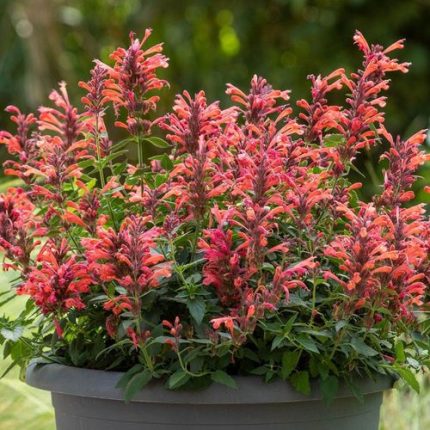

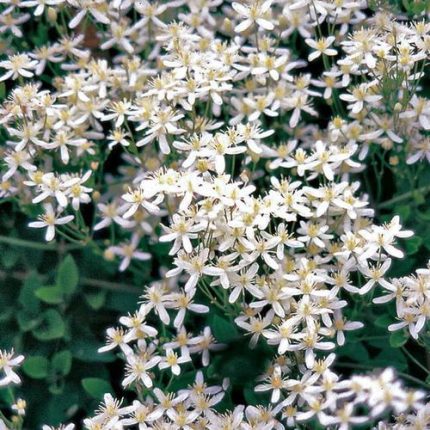
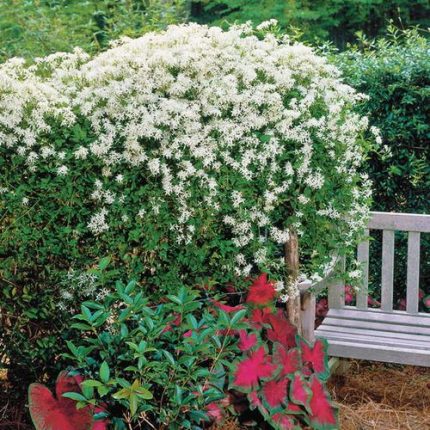
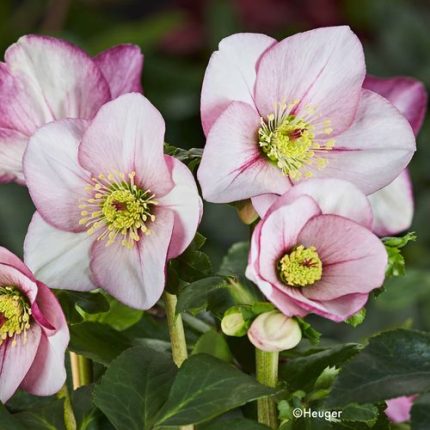
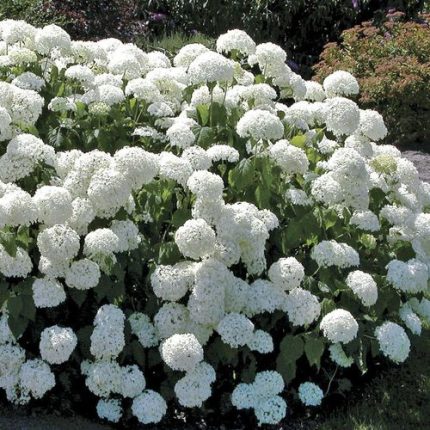
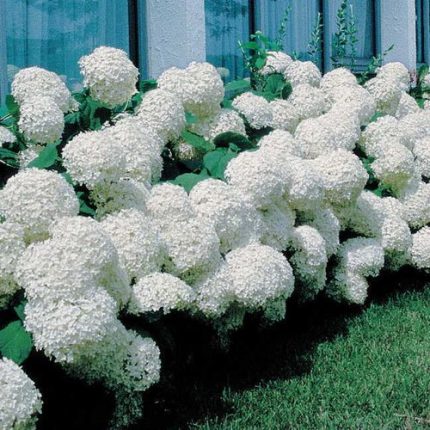
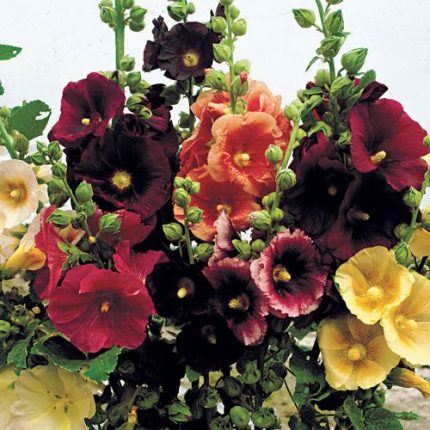
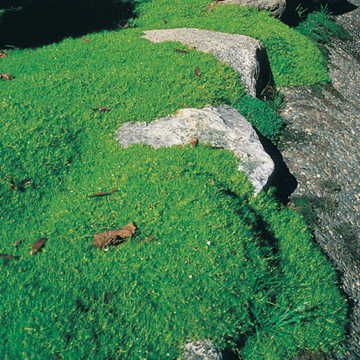
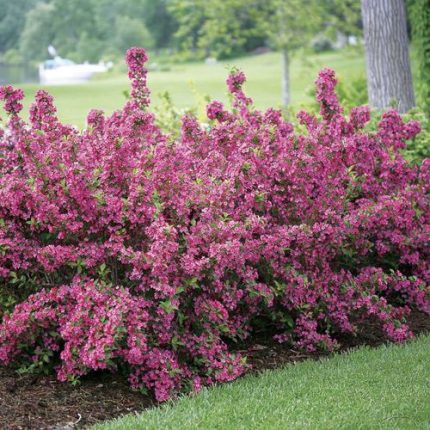
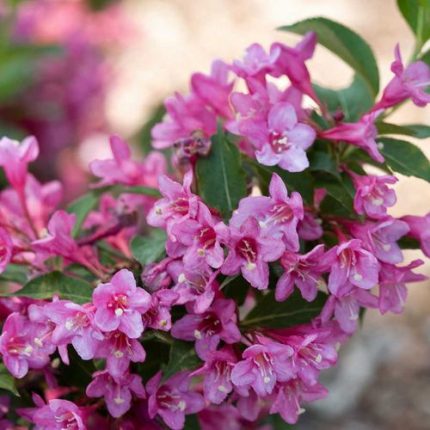
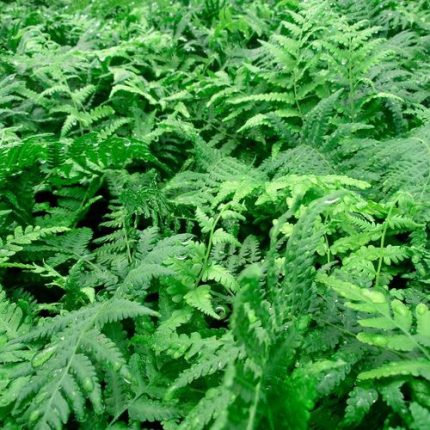
Reviews
There are no reviews yet.